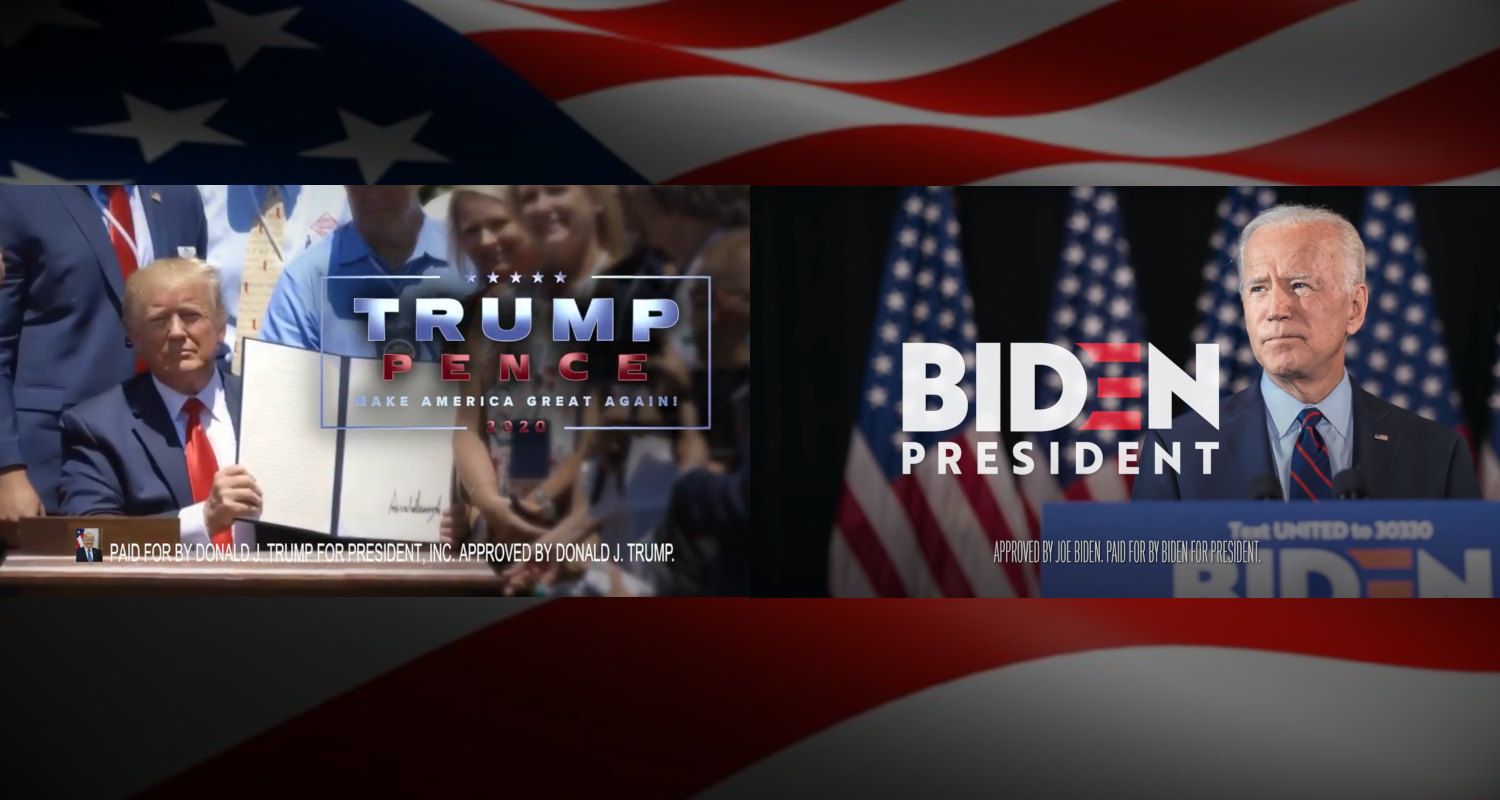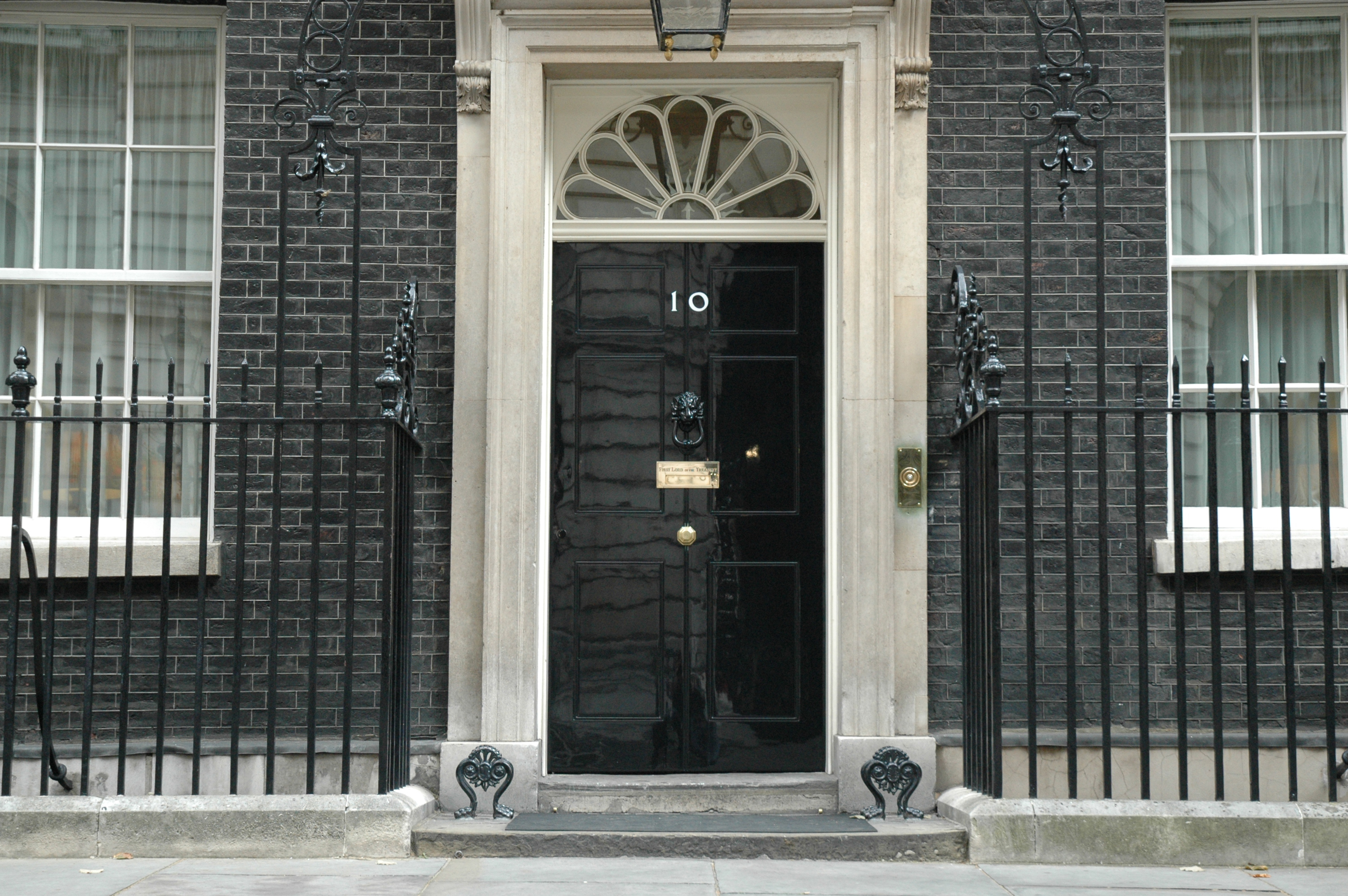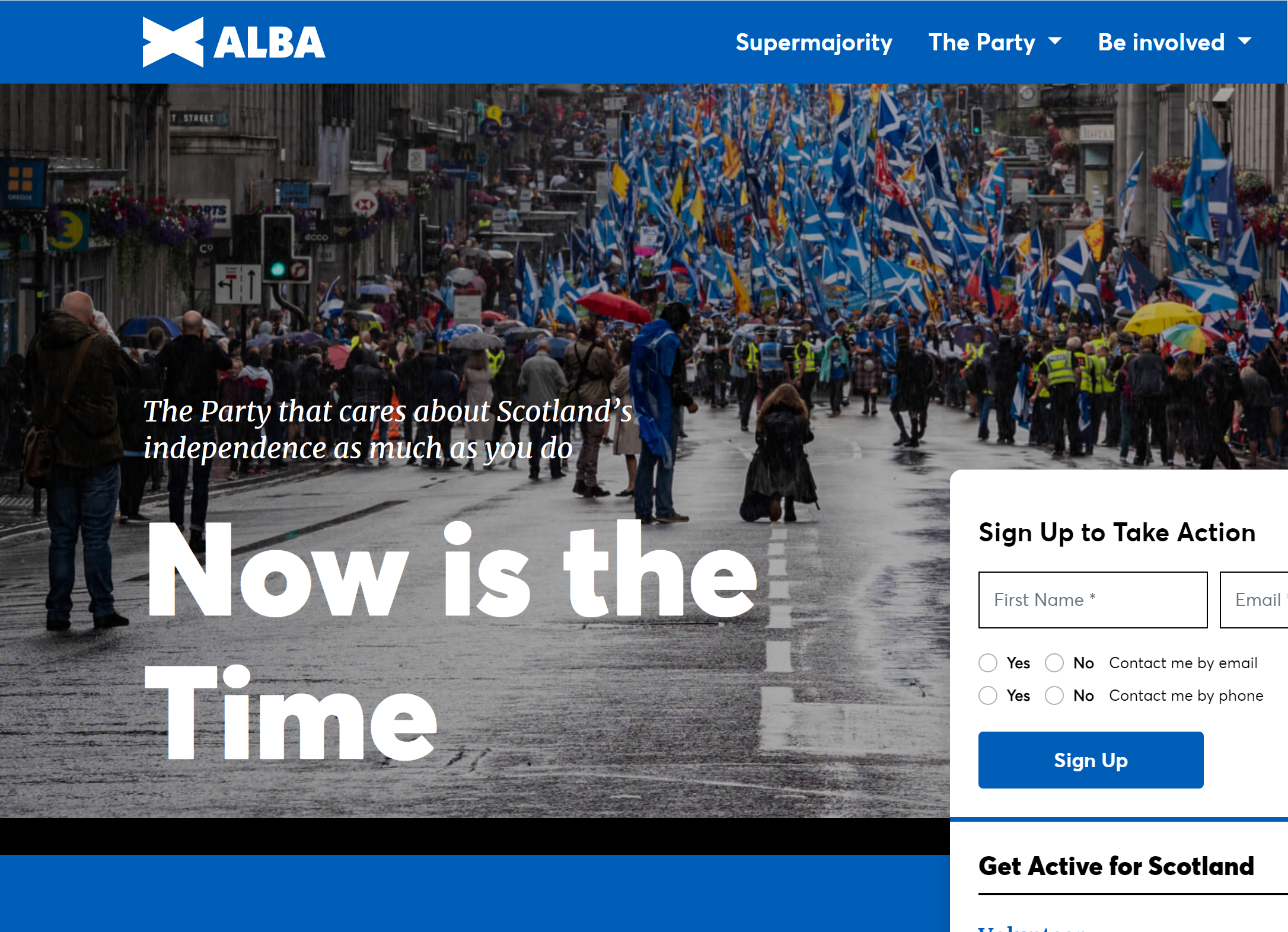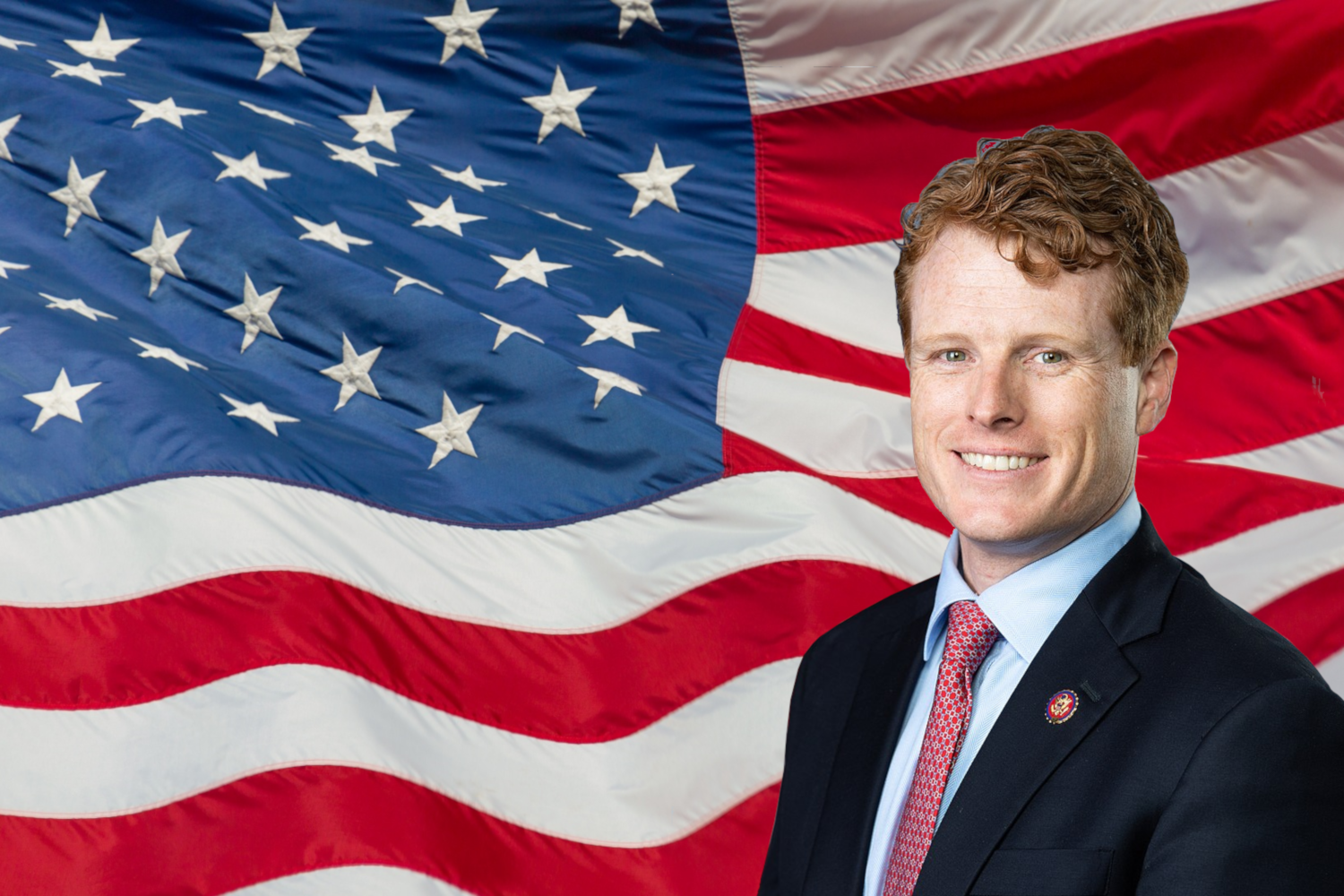As the US presidential election ramps up a gear, Americans will be bracing to hear and see a lot more of Donald Trump and Joe Biden whether they like it or not. One major way the candidates will seek to have those precious moments of public attention will be through ads.
On Wednesday, Joe Biden’s campaign announced it had set aside $220 million for TV ads in the eight weeks leading up to the November poll. Donald Trump’s campaign has so far reserved more than $145 million in TV ads.
I'm Joe Biden and I approve this message
While the content of both candidates’ ads is guaranteed to differ, there’s one line that will be the same — “I’m Donald J. Trump/Joe Biden and I approve this message”. It’s now a famous remark that appears in most American political ads. But where did it come from?
The line is actually a legal requirement for ads supporting candidates for US federal office. Introduced in 2002, the ‘Stand By Your Ad’ provision in the Bipartisan Campaign Reform Act attempts to moderate the content of political ads.
Since the 1960’s, attack ads have been a staple of American political campaigns. But in 1996, a social experiment was launched in Minnesota with the aim of improving the quality of public discourse between politicians, journalists, campaigners and citizens: the Minnesota Compact. A key tenant of the compact was that political ads should follow the ‘ten commandments of clean campaign ads’. Of these, number one was that candidates should take full and personal responsibility for all advertising created and placed on behalf of their campaign.
In 1999, North Carolina made it state law for ads mentioning a candidate or their opponent to include a spoken statement by the candidate.
“Television advertisements purchased by a candidate or by a candidate campaign committee supporting or opposing the nomination or election of one or more clearly identified candidates shall include a disclosure statement spoken by the candidate and containing at least the following words: ‘I am (or “This is…”) [name of candidate], candidate for [name of office], and I (or “my campaign…”) sponsored this ad.’ This subdivision applies only to an advertisement that mentions the name of, shows the picture of, transmits the voice of, or otherwise refers to an opposing candidate for the same office as the sponsoring candidate.”
↓ CONTINUES AFTER AD ↓
After other states followed North Carolina’s lead and introduced their own ‘Stand By Your Ad’ laws, the measure was added to the Bipartisan Campaign Reform Act. The Act was signed into law by President George W. Bush on 27th March 2002.
‘Stand By Your Ad’ is only a legal requirement for traditional TV and radio ads. The internet was a completely different environment in 2002. Today, millions of dollars are spent on digital advertising. Joe Biden’s campaign has set aside $60 million for digital ads across 17 battleground states leading up to November.
Joe Rospars, CEO of Blue State Digital which ran digital ads for both Obama campaigns, said: “We created thousands and thousands of pieces of video content, and ran tens of millions of dollars in digital advertising that did not have that ‘I’m Barack Obama and I approve this message’.”
Attempts have been made over the years to extend the ‘Stand By Your Ad’ principle to online ads. A ‘Stand By Your Internet Ad Act’ was introduced to the US Congress in 2005 but made no progress. The same fate met the ‘Stand By Every Ad Act’, introduced in 2014. So, for this coming election at least, the only ads that will feature “I approve this message” will be the ones made for TV.

Ryan Jackson
Ryan works in politics and is a contributor to PoliReview.




